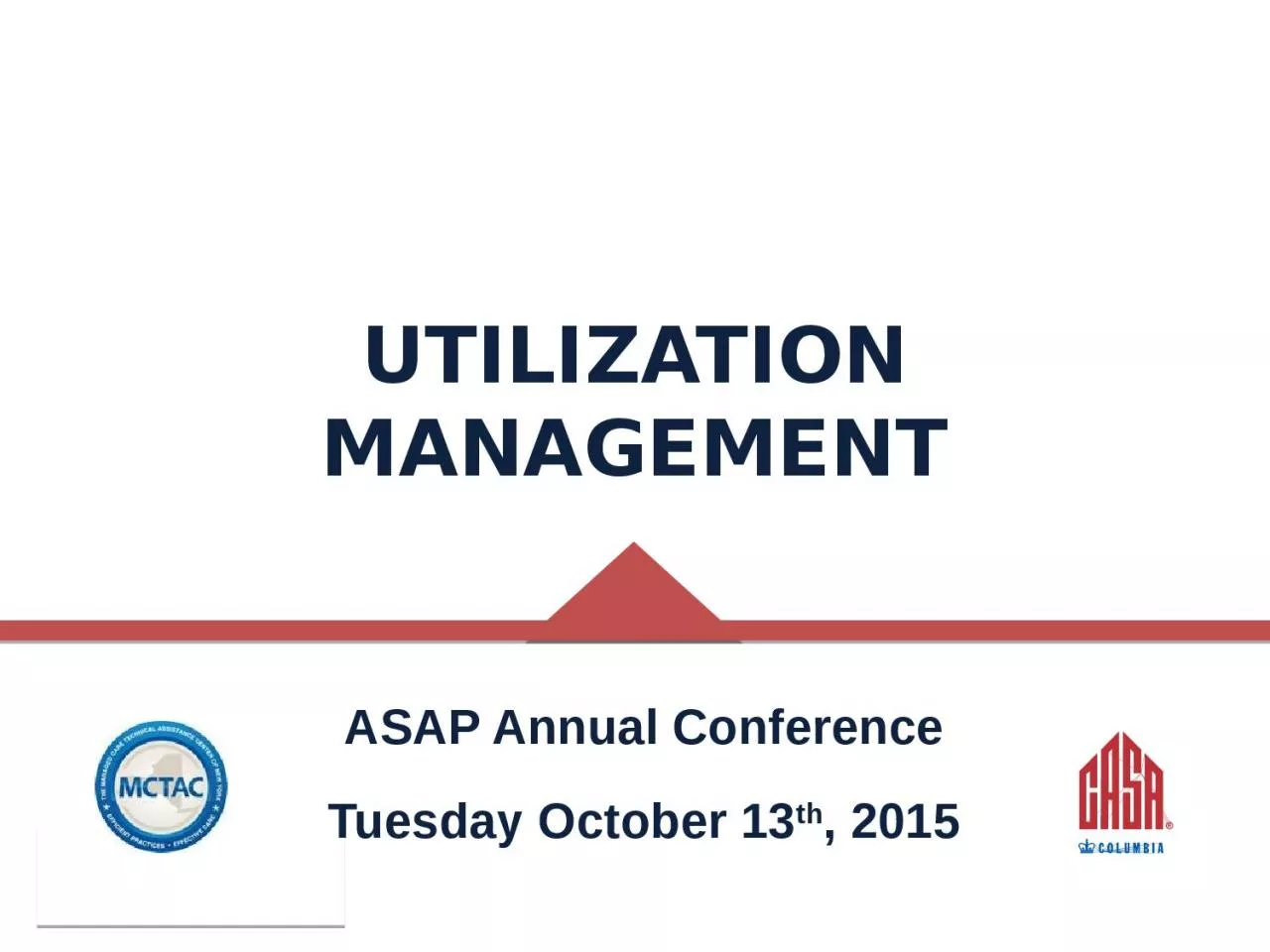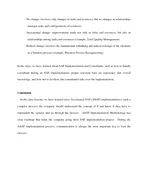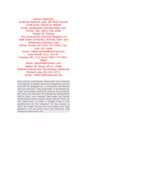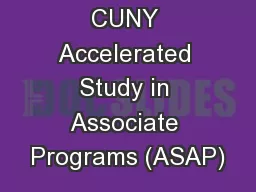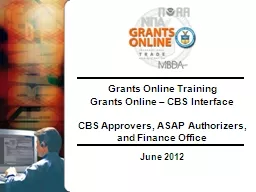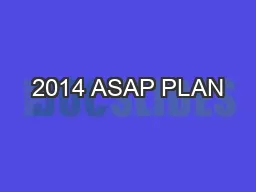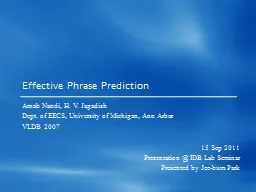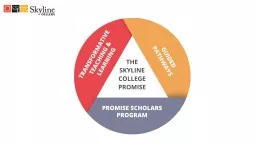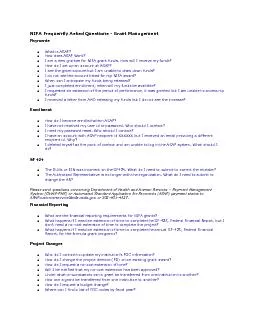PPT-ASAP Annual Conference Tuesday October 13
Author : lucy | Published Date : 2024-01-29
th 2015 Utilization Management Presented by Pat Lincourt OASAS Boris Vilgorin NYUMCTAC Kamala Greene Génecé CASAMCTAC 2 MCTAC Overview What is MCTAC MCTAC
Presentation Embed Code
Download Presentation
Download Presentation The PPT/PDF document "ASAP Annual Conference Tuesday October 1..." is the property of its rightful owner. Permission is granted to download and print the materials on this website for personal, non-commercial use only, and to display it on your personal computer provided you do not modify the materials and that you retain all copyright notices contained in the materials. By downloading content from our website, you accept the terms of this agreement.
ASAP Annual Conference Tuesday October 13: Transcript
Download Rules Of Document
"ASAP Annual Conference Tuesday October 13"The content belongs to its owner. You may download and print it for personal use, without modification, and keep all copyright notices. By downloading, you agree to these terms.
Related Documents

